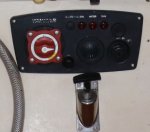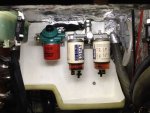FlyingGoose
Well-known member
Call me obsessed but I Look at my Rev counter, oil pressure , and temp quite regularly , but them I have a 39 year old engine and any new sound rumble , dial movement puts me into cold sweats
Oh no lights though, red head torch
Oh no lights though, red head torch


